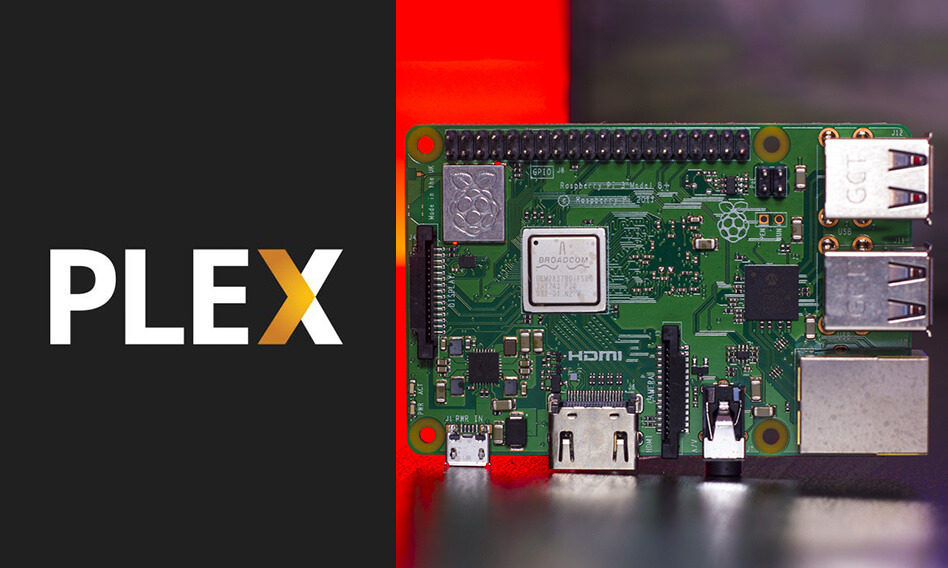


You should know be able to list the contents of your USB drive! ls -la /mnt/exstral Then finally when you are sure you have the right device, we can mount it to the folder we created! sudo mount /dev/sdaX /mnt/exstral/ Then you list the devices using fdisk to find the one you added via USB. I usually create it inside the root /mnt/ directory. Then you need to mount the drive to a directory on your Raspberry Pi.
Plex raspberry pi install#
That filesystem works across all operating systems, windows, mac and linux.ĮxFAT support is not installed by default in Raspbian, but it is easy to install using this command. To make it readable both by my Macbook and Raspbian I formatted using the filesystem ExFAT. You can read about this step in more detail hereĪll of your media will not fit on the SD card, and to make it easier to manage I would recommend add a USB drive that contains your media. When the package repository is added you can install plex with this command sudo apt install plexmediaserver Luckily there is one that works for Raspbian! echo deb public main | sudo tee /etc/apt//plexmediaserver.list If they have one for the distrubition of linux that you are using. The easiest way to install third party software is usually to add an extra package repository. sudo nano /etc/nfĪt the very bottom of this file you find an example you can fill out with the IP address you want to use. To make it easier to always find the RaspberryPi on your network, you can assign it a static IP address that you remember. I changed it to a public one provided by Cloudflare: 1.1.1.1 Set a static IP raspi-configīy default your installation might not have working connection to the internet, for that a working dns server is required.
Plex raspberry pi full#
When you have your Raspberry freshly installed, you need to resize the root partition on the SD-card, otherwise your Plex installation will not be able to use the full storage size.ĭo this by starting raspbian config, go to advanced and choose reisize.
Plex raspberry pi how to#
Read more on how to setup basic Raspbian here Less potential problems ahead when you are doing things from scratch. Not required but if possible it is always good to start with a clean install. I’ve tried to note everything down as I did it but might have unknowingly skipped some minor details. You will need some Linux knowledge to understand it. Recently I tried installing it on an old Raspberry Pi 2 that was laying around, these are my notes from that installation!įair warning: This guide is not complete and quite advanced.

I’ve been running it on many different machines throughout the years. I am a long time Plex user and obsessed with how well made this free software is. You can also put it on a computer that is always on, like a server, and then access it from anywhere in the world! Plex is like having your own Netflix, but with the movies you have on your computer.


 0 kommentar(er)
0 kommentar(er)
